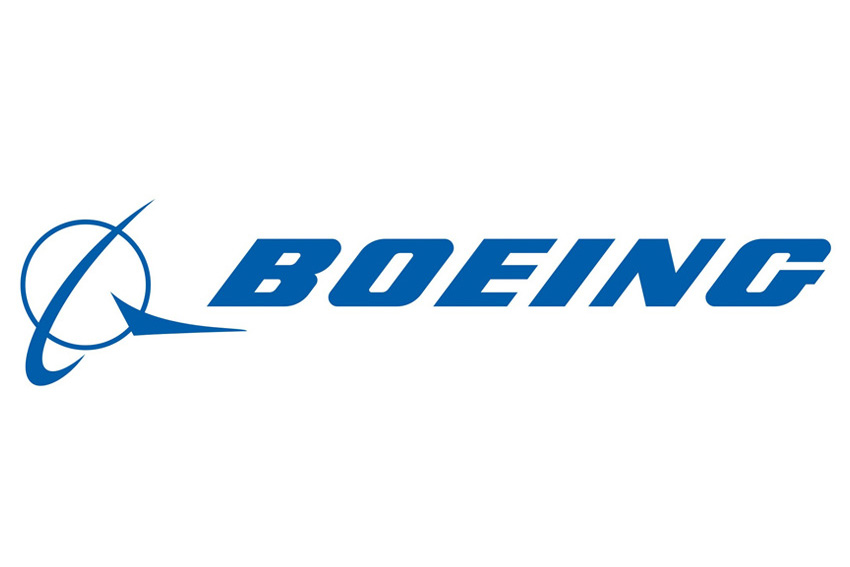
Technology builds on decades of Boeing digital payload experience
EL SEGUNDO, Calif., July 20, 2015 – Boeing [NYSE: BA] successfully demonstrated a digital version of the Global Positioning System (GPS) III navigation signals, a breakthrough that could contribute to significantly modernizing this vital service.
This advancement overcomes the limitations of current GPS analog payloads in combining multiple signals and accommodating future requirements. It also has fewer components, weighs and costs less, is simpler to integrate and test, and is able to incorporate future signals.
“Our investment in GPS digital payload technology builds on a track record of more than 40 other satellites launched with digital payloads and expands our commitment to making the U.S. GPS constellation the best that it can be, not just today, but 20 years from now,” said Dan Hart, vice president, Boeing Government Space Systems.
Boeing is developing the digital waveform generator in support of a U.S. Air Force solicitation for GPS III alternate sources. The demonstration validated that the basic GPS signals can be generated digitally in different code combinations with variable power levels and meet stringent signal requirements.
Boeing has designed and built four generations of GPS space vehicles that have provided more than 540 years of on-orbit service. The company is completing delivery of the GPS IIF fleet of 12 space vehicles for the U.S. Air Force.
A unit of The Boeing Company, Defense, Space & Security is one of the world’s largest defense, space and security businesses specializing in innovative and capabilities-driven customer solutions, and the world’s largest and most versatile manufacturer of military aircraft. Headquartered in St. Louis, Defense, Space & Security is a $31 billion business with 53,000 employees worldwide. Follow us on Twitter: @BoeingDefense.
Daphné Savard occupe le poste d’administratrice du site ou webmestre ainsi que celui de responsable des relations avec les annonceurs et les lecteurs.
Commentaires